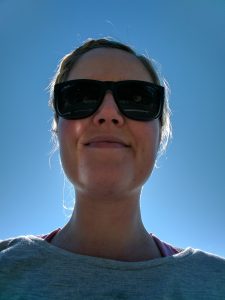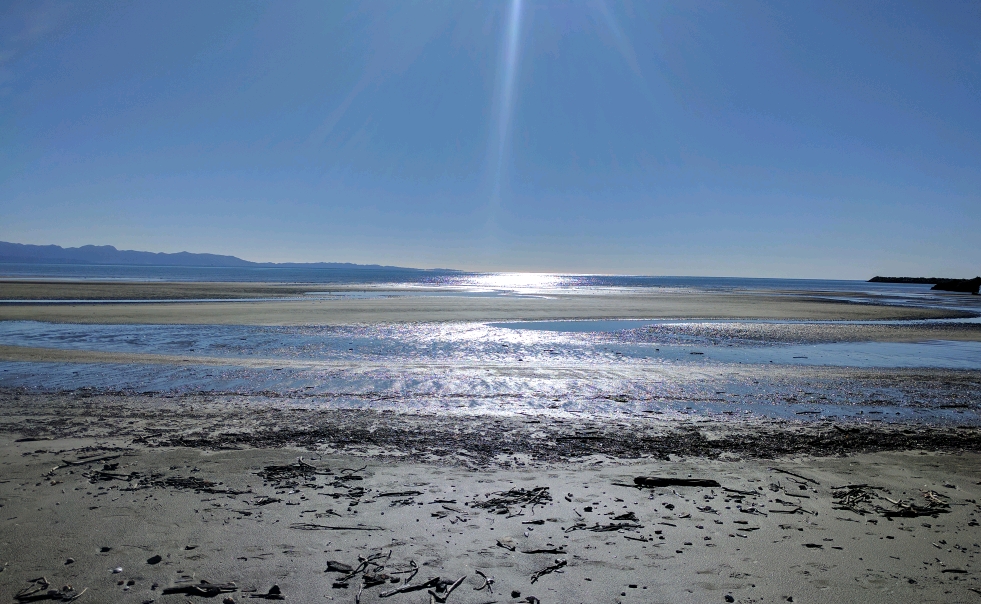
We’ve been doing this yoga teaching thang for 9 days now and the learnings are coming thick and fast.
Physically, I’ve had a lot of pointers on how to improve my own asana practice (yoga poses). It turns out I’ve been standing sub-optimally for years. I vaguely recall previous yoga teachers asking the class to “microbend the limbs to unlock the joints” in down dog but I never clicked what that actually meant in practice, or that the advice applied to me personally.
Until our teacher Aeven showed me that I unconsciously lock my knees and elbows – it affects how I stand and it affects my yoga practice by weakening the core and causing strain where there doesn’t need to be strain.
- Lesson one: listening is different to understanding. I never ‘got’ what a microbend or external joint rotation was til this week, despite hearing yoga teachers refer to these movements for years. So us teachers need to be careful with our wording, or students can get lost in meaningless jargon.
- Lesson two: awareness is the first step towards change. I spent the past week adjusting my standing posture and easing into asana, ensuring I’m not locking my joints anymore. I already feel stronger, leaner and less achey in my lower back. Our students, however, may choose not to act on things once they are aware of them. That’s ok too. All we can do is shift the awareness and the rest is up to the individual.
We’re not here to do yoga, although we do a lot of it. About 3 hours a day, on average, but that’s beside the point 😉 We’re here to learn how to teach yoga. Important distinction.
- Lesson three: you don’t need to be a super-bendy-pretzel person who can contort into headstands to be a yoga teacher. Guiding students through an asana is a totally different skillset to guiding yourself through an asana. Sure, if you can do the whizzbang amazing headstand you’ll impress some folks. But it’s only one part of the whole picture.
Yoga is for everyone. Yoga is breath. Yoga is connection of mind, body and spirit. I could fill an entire blog post with these concepts but will save that thought for now…
We all have different bodies and every day those bodies move and think differently. Flexibility in every possible sense is so important to yoga. As is being open-minded – being prepared to try new things that may seem bonkers or scary.
How you respond to the challenges on your mat reflects how you respond to the challenges of your life. Worth thinking about next time you can’t get into a pose – does the ego come out to play, bringing its buddies anger or shame? Maybe you laugh and try again. Or listen to your body in the moment and breathe, accept, and move on. Every day, every moment is different.
We are all grateful to be learning this stuff – it’s a lot to take in but will help us be more effective when guiding our own students! I’m getting excited to come back into “the real world” and start putting this all into practice.
Wellington friends, if you’d like some free yoga classes (Level 1, suitable for beginners) between now and end of July, sing out! I will need students to get my hours up over the next six weeks so I can complete the last component of my 200 hour registered yoga teacher qualification 🙂

